-
 Bitcoin
Bitcoin $104,438.3013
3.15% -
 Ethereum
Ethereum $2,495.2733
1.25% -
 Tether USDt
Tether USDt $1.0006
0.04% -
 XRP
XRP $2.1809
3.41% -
 BNB
BNB $646.2511
1.44% -
 Solana
Solana $149.6172
3.32% -
 USDC
USDC $0.9998
-0.01% -
 Dogecoin
Dogecoin $0.1797
4.47% -
 TRON
TRON $0.2768
2.12% -
 Cardano
Cardano $0.6637
4.30% -
 Hyperliquid
Hyperliquid $33.8771
2.05% -
 Sui
Sui $3.1954
8.02% -
 Chainlink
Chainlink $13.5414
4.06% -
 UNUS SED LEO
UNUS SED LEO $8.9393
2.65% -
 Stellar
Stellar $0.2642
2.46% -
 Avalanche
Avalanche $19.5172
2.28% -
 Bitcoin Cash
Bitcoin Cash $396.9612
2.31% -
 Toncoin
Toncoin $3.1449
2.72% -
 Shiba Inu
Shiba Inu $0.0...01249
2.76% -
 Hedera
Hedera $0.1653
3.23% -
 Litecoin
Litecoin $87.3230
2.79% -
 Polkadot
Polkadot $3.9053
1.13% -
 Monero
Monero $325.7668
3.54% -
 Ethena USDe
Ethena USDe $1.0013
0.05% -
 Dai
Dai $0.9998
0.00% -
 Bitget Token
Bitget Token $4.5830
0.93% -
 Pepe
Pepe $0.0...01110
4.53% -
 Pi
Pi $0.6207
2.37% -
 Aave
Aave $251.2358
2.44% -
 Uniswap
Uniswap $6.0406
0.54%
How to judge the turning point of trend acceleration or exhaustion through the moving average flow?
Use moving averages to spot trend acceleration and exhaustion in crypto trading, aiding in identifying potential turning points for informed decisions.
May 31, 2025 at 10:49 am

Understanding Moving Averages in Cryptocurrency Trading
In the world of cryptocurrency trading, understanding market trends is crucial for making informed decisions. One of the most popular tools for analyzing these trends is the moving average. Moving averages help smooth out price data to identify the direction of the trend over a specific period. However, traders often seek to determine not just the direction but also the turning points of these trends, particularly when they are accelerating or exhausting. This article delves into how to judge the turning point of trend acceleration or exhaustion through the moving average flow.
The Basics of Moving Averages
Before diving into the intricacies of trend turning points, it's essential to grasp the basics of moving averages. A moving average is calculated by taking the average price of a cryptocurrency over a certain number of periods. There are different types of moving averages, with the Simple Moving Average (SMA) and Exponential Moving Average (EMA) being the most commonly used.
- Simple Moving Average (SMA) calculates the average price over a specified number of periods, giving equal weight to each period.
- Exponential Moving Average (EMA) gives more weight to recent prices, making it more responsive to new information.
Traders typically use multiple moving averages with different time frames to get a clearer picture of the trend's direction and strength.
Identifying Trend Acceleration
Trend acceleration refers to a situation where the price movement of a cryptocurrency is gaining momentum, either upwards or downwards. To identify this through moving averages, traders often look at the crossover of two moving averages with different time frames.
- When a shorter-term moving average crosses above a longer-term moving average, it signals potential bullish acceleration. For instance, if the 50-day EMA crosses above the 200-day EMA, it is known as a "Golden Cross," often indicating a strong bullish trend.
- Conversely, if a shorter-term moving average crosses below a longer-term moving average, it signals potential bearish acceleration. This is known as a "Death Cross," and it suggests a strong bearish trend.
Additionally, traders observe the slope of the moving averages. A steepening slope indicates accelerating momentum. For example, if the 50-day EMA is not only above the 200-day EMA but also increasing its angle of ascent, it confirms the acceleration of the bullish trend.
Spotting Trend Exhaustion
Trend exhaustion occurs when the momentum of a trend begins to wane, signaling a potential reversal. Identifying this through moving averages involves monitoring the convergence and divergence of multiple moving averages.
- Convergence happens when the distance between two moving averages narrows. If the 50-day EMA and the 200-day EMA are moving closer together after a period of divergence, it suggests that the trend's momentum is weakening.
- Divergence can also indicate exhaustion if the price action starts to deviate significantly from the moving average. For instance, if the price of a cryptocurrency continues to rise but the 50-day EMA flattens or declines, it signals potential bullish exhaustion.
Another method to spot trend exhaustion is by observing the flattening of moving averages. When a moving average that was previously sloping upwards or downwards begins to flatten, it often indicates that the trend is losing steam and might be nearing a turning point.
Using Multiple Moving Averages for Confirmation
To increase the reliability of identifying turning points, traders often use multiple moving averages. By analyzing the interactions between different time frames, traders can gain a more comprehensive understanding of the trend's state.
- For example, a trader might use the 20-day, 50-day, and 200-day EMAs. If the 20-day EMA crosses above the 50-day EMA, and the 50-day EMA is already above the 200-day EMA, it strengthens the signal of bullish acceleration.
- Similarly, if the 20-day EMA crosses below the 50-day EMA, and the 50-day EMA is below the 200-day EMA, it reinforces the signal of bearish acceleration.
Conversely, if these moving averages start to converge or if the shorter-term moving averages begin to flatten while still above or below the longer-term moving averages, it can indicate trend exhaustion.
Practical Application: Analyzing a Cryptocurrency Chart
To illustrate how to apply these concepts, let's consider a practical example of analyzing a cryptocurrency chart using moving averages.
- Step 1: Open a cryptocurrency chart on a trading platform that supports technical analysis, such as TradingView or Binance.
- Step 2: Add multiple moving averages to the chart. For this example, let's use the 20-day, 50-day, and 200-day EMAs.
- Step 3: Observe the positions and slopes of the moving averages. If the 20-day EMA is above the 50-day EMA, and both are above the 200-day EMA with a steepening slope, it indicates bullish acceleration.
- Step 4: Monitor for signs of trend exhaustion. If the 20-day EMA starts to flatten or converge towards the 50-day EMA, it could signal that the bullish trend is losing momentum.
- Step 5: Look for confirmation from other technical indicators, such as the Relative Strength Index (RSI) or the Moving Average Convergence Divergence (MACD), to validate the signals provided by the moving averages.
By following these steps, traders can effectively use moving averages to identify potential turning points in the trend of a cryptocurrency.
Frequently Asked Questions
Can moving averages be used for short-term trading?
Yes, moving averages can be used for short-term trading by adjusting the time frame of the moving averages. For example, using a 5-day and 10-day EMA can help identify short-term trends and potential turning points.How do I choose the right time frames for moving averages?
The choice of time frames depends on your trading strategy. For long-term trends, use longer time frames like the 50-day and 200-day EMAs. For short-term trends, shorter time frames like the 5-day and 10-day EMAs might be more suitable.Are moving averages effective in highly volatile markets?
Moving averages can still be effective in volatile markets, but they might generate more false signals. It's important to use them in conjunction with other indicators and to understand the specific volatility patterns of the cryptocurrency you are trading.Can moving averages predict trend reversals with certainty?
No, moving averages cannot predict trend reversals with certainty. They provide signals based on historical data and should be used as part of a broader analysis strategy that includes other technical and fundamental indicators.
Disclaimer:info@kdj.com
The information provided is not trading advice. kdj.com does not assume any responsibility for any investments made based on the information provided in this article. Cryptocurrencies are highly volatile and it is highly recommended that you invest with caution after thorough research!
If you believe that the content used on this website infringes your copyright, please contact us immediately (info@kdj.com) and we will delete it promptly.
- Remittix (RTX) is one of the biggest gainers in the crypto market
- 2025-06-07 04:10:12
- BTFD Coin – Staking Rewards That Make You Go “Wow”
- 2025-06-07 04:10:12
- Ethereum (ETH) Price Gap with Bitcoin Could Pave the Way for a Long-Awaited Rebound
- 2025-06-07 04:05:13
- Bitget Lists $RDAC (Redacted Coin), a Highly Anticipated Asset in the Web3 Community
- 2025-06-07 04:05:13
- The meme coin game in 2025 is not for the faint of heart. It’s for the bold. The brave. The bag-holders-turned-millionaires.
- 2025-06-07 04:00:26
- USD1 stablecoin, backed by Donald Trump's World Liberty Financial (WLFI)
- 2025-06-07 04:00:26
Related knowledge
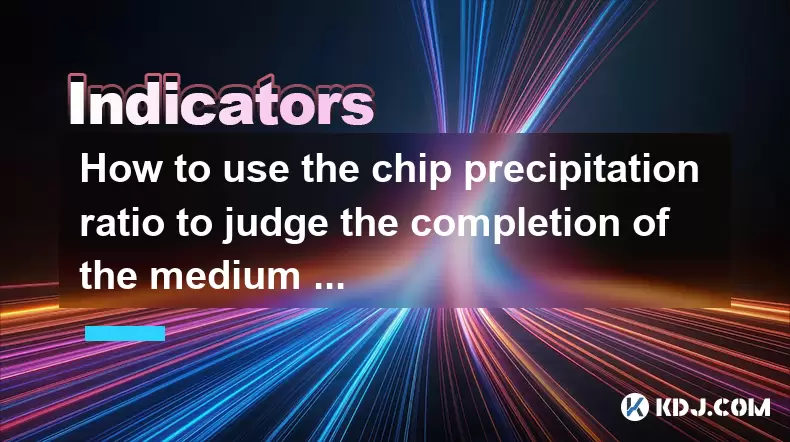
How to use the chip precipitation ratio to judge the completion of the medium and long-term bottom construction?
Jun 04,2025 at 03:36am
The chip precipitation ratio is a crucial metric used by investors to assess the accumulation of chips (or shares) at different price levels over time. This ratio helps in understanding the distribution of chips and can be a powerful tool for determining the completion of medium and long-term bottom construction in the cryptocurrency market. By analyzin...
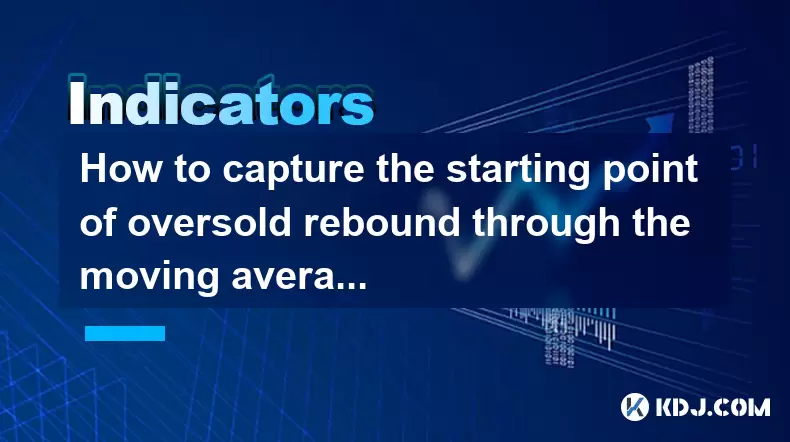
How to capture the starting point of oversold rebound through the moving average gravity reversal strategy?
Jun 04,2025 at 01:01pm
The moving average gravity reversal strategy is a sophisticated approach used by traders to identify potential entry points for buying cryptocurrencies when they are considered oversold. This strategy leverages the concept of moving averages to pinpoint moments when a cryptocurrency might be poised for a rebound. In this article, we will delve into the ...
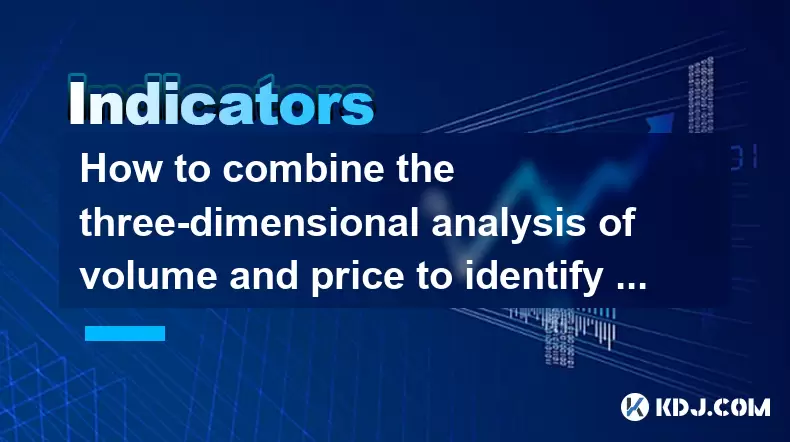
How to combine the three-dimensional analysis of volume and price to identify the golden buying point of breakthrough and retracement?
Jun 03,2025 at 11:42pm
In the dynamic world of cryptocurrencies, identifying the optimal buying points is crucial for maximizing profits and minimizing risks. One effective method to achieve this is by combining three-dimensional analysis of volume and price to pinpoint the golden buying points during breakouts and retracements. This article will delve into how to use this ap...
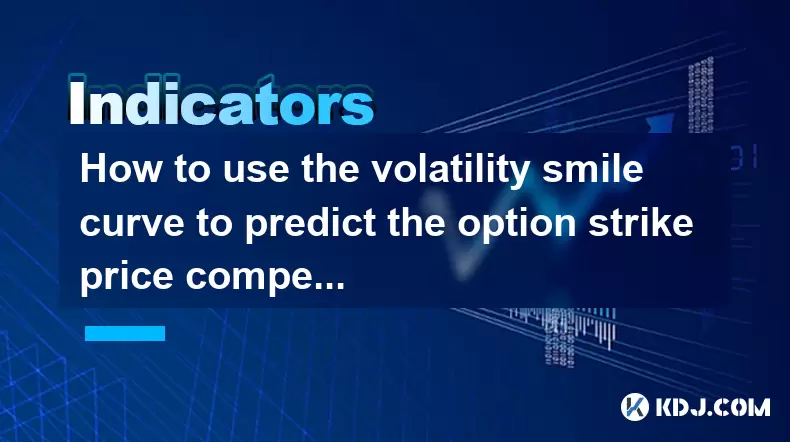
How to use the volatility smile curve to predict the option strike price competition area?
Jun 06,2025 at 01:01pm
The volatility smile curve is a graphical representation that shows the implied volatility of options across different strike prices for a given expiration date. It is called a 'smile' because the curve often takes the shape of a smile, with higher implied volatilities for options that are deep in-the-money or deep out-of-the-money, and lower implied vo...
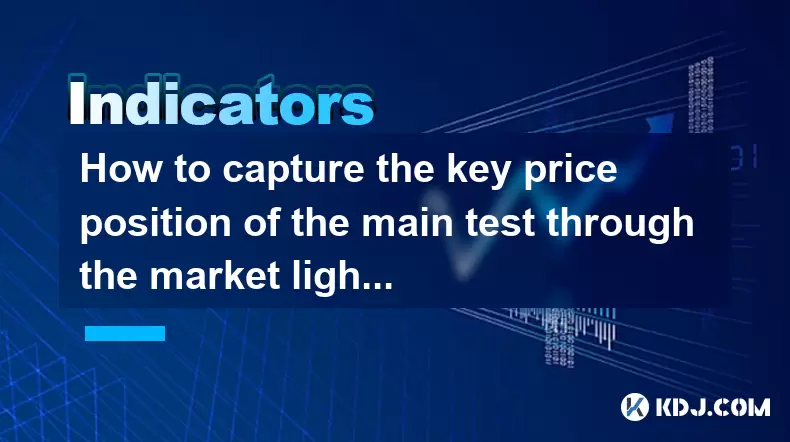
How to capture the key price position of the main test through the market lightning chart?
Jun 02,2025 at 06:07pm
Introduction to Market Lightning ChartThe market lightning chart is a powerful tool used by cryptocurrency traders to visualize price movements and identify key price positions. This chart type provides a detailed view of market activity, allowing traders to spot trends, reversals, and other significant price levels quickly. By understanding how to use ...
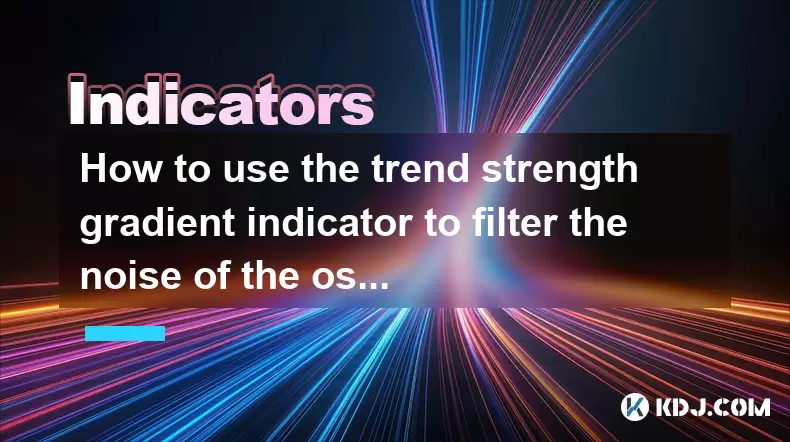
How to use the trend strength gradient indicator to filter the noise of the oscillating market?
Jun 06,2025 at 06:15pm
The trend strength gradient indicator is a powerful tool used by cryptocurrency traders to analyze market trends and filter out the noise that often accompanies oscillating markets. This indicator helps traders identify the strength of a trend, enabling them to make more informed decisions. In this article, we will explore how to effectively use the tre...

How to use the chip precipitation ratio to judge the completion of the medium and long-term bottom construction?
Jun 04,2025 at 03:36am
The chip precipitation ratio is a crucial metric used by investors to assess the accumulation of chips (or shares) at different price levels over time. This ratio helps in understanding the distribution of chips and can be a powerful tool for determining the completion of medium and long-term bottom construction in the cryptocurrency market. By analyzin...

How to capture the starting point of oversold rebound through the moving average gravity reversal strategy?
Jun 04,2025 at 01:01pm
The moving average gravity reversal strategy is a sophisticated approach used by traders to identify potential entry points for buying cryptocurrencies when they are considered oversold. This strategy leverages the concept of moving averages to pinpoint moments when a cryptocurrency might be poised for a rebound. In this article, we will delve into the ...

How to combine the three-dimensional analysis of volume and price to identify the golden buying point of breakthrough and retracement?
Jun 03,2025 at 11:42pm
In the dynamic world of cryptocurrencies, identifying the optimal buying points is crucial for maximizing profits and minimizing risks. One effective method to achieve this is by combining three-dimensional analysis of volume and price to pinpoint the golden buying points during breakouts and retracements. This article will delve into how to use this ap...

How to use the volatility smile curve to predict the option strike price competition area?
Jun 06,2025 at 01:01pm
The volatility smile curve is a graphical representation that shows the implied volatility of options across different strike prices for a given expiration date. It is called a 'smile' because the curve often takes the shape of a smile, with higher implied volatilities for options that are deep in-the-money or deep out-of-the-money, and lower implied vo...

How to capture the key price position of the main test through the market lightning chart?
Jun 02,2025 at 06:07pm
Introduction to Market Lightning ChartThe market lightning chart is a powerful tool used by cryptocurrency traders to visualize price movements and identify key price positions. This chart type provides a detailed view of market activity, allowing traders to spot trends, reversals, and other significant price levels quickly. By understanding how to use ...

How to use the trend strength gradient indicator to filter the noise of the oscillating market?
Jun 06,2025 at 06:15pm
The trend strength gradient indicator is a powerful tool used by cryptocurrency traders to analyze market trends and filter out the noise that often accompanies oscillating markets. This indicator helps traders identify the strength of a trend, enabling them to make more informed decisions. In this article, we will explore how to effectively use the tre...
See all articles

























































































